The science of cycling goes way beyond just pedaling! It unlocks the secrets of how a seemingly simple machine takes the energy from your body and converts it into motion. Learning about and appreciating the science of cycling is an art, but how do you get started? Lucky for you, the University of Chicago Press is offering a perfect free cycling E-book this month on this topic!
Peering into the science of cycling
Learning about the mechanics, physics and physiology of cycling takes your appreciation for the sport to a whole new level. Suddenly, that effortless glide on the bike becomes a testament to geometry and aerodynamics. You may marvel at how your body becomes a finely tuned machine when working in tandem with your bike, maximizing power transfer with each pedal stroke. Even the simplest uphill climb transforms from a fun personal challenge or pro race-winning accomplishment to a fascinating dance between physics, engineering, and human potential.
Of course, while cycling may seem very straightforward, understanding the science behind it can be a challenge. The scientific study of cycling and cyclists draws from complex physics and physiology, each with a rich history of independent research. More specific sub-fields contribute, including nutrition, aerodynamics, engineering, and more. Merging these disciplines also requires a deep dive into each area, making it a more than daunting task for a casual learner! Although this complexity adds a layer of mystique to the sport, those who persevere and learn more about the science of cycling come away with a deep appreciation for all of the moving parts that mediate both rider and machine.
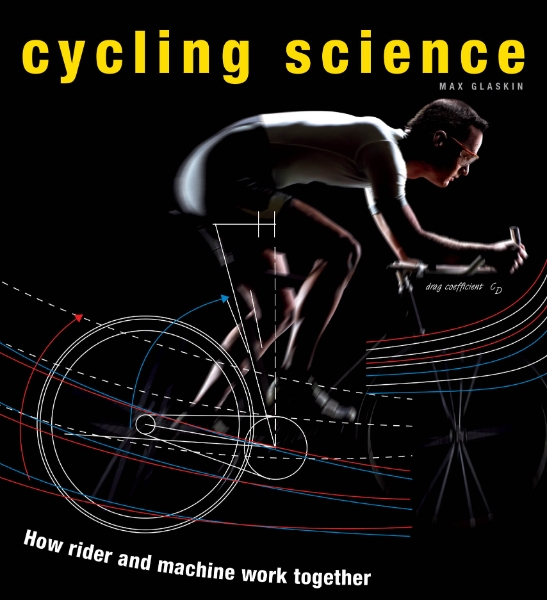
Book cover from University of Chicago Press website
Through the end of June, University of Chicago Press is offering a free E-book that opens the science of cycling to the casual reader.
To start learning about the science behind the bicycle, you want something accessible. But Cycling Science: How Rider and Machine Work Together by Max Glaskin starts out easy before going far beyond simple questions. This book dismantles the seemingly simple act of cycling through the hundreds of scientific studies published on the topic. Glaskin translates these complex concepts into clear and accessible language anyone can enjoy and learn from, whether they are a cycling fan or completely new to the sport.
Here is a excerpt from the description of the book:
Cycling Science tours readers through a wide variety of topics, from tire rolling resistance and the difference between yield strength and ultimate strength, to the importance of aerodynamics and the impact that shaved legs have on speed. Each chapter explores a different subject—fundamentals, strength and stability, materials, power, aerodynamics, and the human factor—and is organized around a series of questions: What is the ideal frame shape? What is the biggest source of drag? What keeps a bicycle from falling over? How much power can a cyclist produce? Which muscles does cycling use? Each question is examined with the aid of explanatory diagrams and illustrations, and the book can be used to search for particular topics, or read through for a comprehensive overview of how machine and rider work together.
Cycling Science: How Rider and Machine Work Together by Max Glaskin
The book was published in 2012, but the information is far from outdated. While those already immersed in the science of cycling may want to look for updated content, this is a perfect primer to use as an introduction to this field of study. The book is structured as a Q&A, tackling both practical concerns (“What’s the most efficient bike design?”) and intriguing possibilities (“Could plasma be the future of bike materials?”). At only 192 pages in length, it is short enough to be accessible even to those completely new to cycling. Visually engaging infographics are peppered throughout. Throughout the book, Glaskin manages to weave enough information, narrative, and trivia alike together that anyone can learn something, even if they have been following the sport for fifty years. And that’s more than enough for a free book!
How to claim the E-book.
The free E-book is available on University of Chicago Press’s website through the end of June 2024. You can access the book here. After that, it will return to its normal list price of $32.00. However, you can also purchase a paperback or hardcover version of the book to enjoy.
FREE at University of Chicago Press (until June 30, 2024)
How do you read the E-book?
After you claim the free book, you’ll be able to download it from the University of Chicago Press through BiblioVault, their book storage system. Then, you can open and read it in Adobe Digital Editions, a free E-book software from Adobe.
Digital Editions offers compatibility with some devices and E-readers, such as Kindle. Visit their website here to find out whether your device is compatible and how to download the E-book to it.
More about the book Cycling Science: How Rider and Machine Work Together.
Still have questions? Keep reading for more details.
Who is Max Glaskin?
Max Glaskin is a science and technology journalist with a passion for explaining how innovation shapes our world. He has been working in the field for 35 years, with news articles and features published in national newspapers, consumer magazines, and specialist journals. Glaskin’s specialty area is very broad and extends to the realm of transportation, with extensive writings on cars, automotive advancements, and traffic technologies. Some of the publications he has written for are New Scientist, Reader’s Digest, and the London Times.
However, cycling is a favorite topic of Glaskin’s and seems to hold a special place in both his career and personal life. He began writing about cycling in the 1980s, editing a cycling magazine and even co-founding the Mountain Bike Club, a pivotal force in establishing off-road cycling events in the UK. His passion and interest in the sport culminated in this book, Cycling Science: How Rider and Machine Work Together. From our perspective here at CyclingScoop, it is clear that his enthusiasm for this sport shines through in this piece of work, which is still an interesting and relevant read 10 years after its original publication.
Read more: Glaskin’s work on CyclingWeekly.com or Bicycling magazine.
If you’d like to learn about Glaskin’s thoughts and inspiration for writing the book, check out this YouTube video from Beyond Borders International Festival of Literature & Thought in 2018. You can also read the About page of his website here.
What do reviewers think of this book?
The reception to this book is largely positive. Cycling and science journalists alike covered this book, approaching it from both perspectives. While some found the material in the book too basic, others praised its accessibility. If you’re interested, you can also find many more reviews on Amazon or Goodreads, including opinions from those who read the book more recently and can speak to how well it has held up over time.
Read more: check out book reviews at Road.cc and Science News.
Has this book been updated since 2012?
Yes! A new edition of the book was released in 2018. It is available to order on Amazon as well at the link below. This is a great choice for people seeking a more updated version of the book. However, you will have to pay nearly the full list price for the hardback or paperback versions of this book.
Want more cycling media and book recommendations?
Check out our recent posts on these topics!
Now you’re diving into the science of cycling!
Whenever you take your bike out for a spin, you might enjoy a brand new perspective with this book in mind. Every answer — how your body turns food into fuel, or the aerodynamics behind how that frame cuts through the air — might be the key to unlocking study in a scientific field you’re really excited about, or just inspire you to dig deeper into what makes cycling special. We hope this free cycling E-book inspires you to get immersed in the science of cycling!
Have you enjoyed any other books like this? Let us know in the comments. We’d love to hear from you about your favorite reads! ★


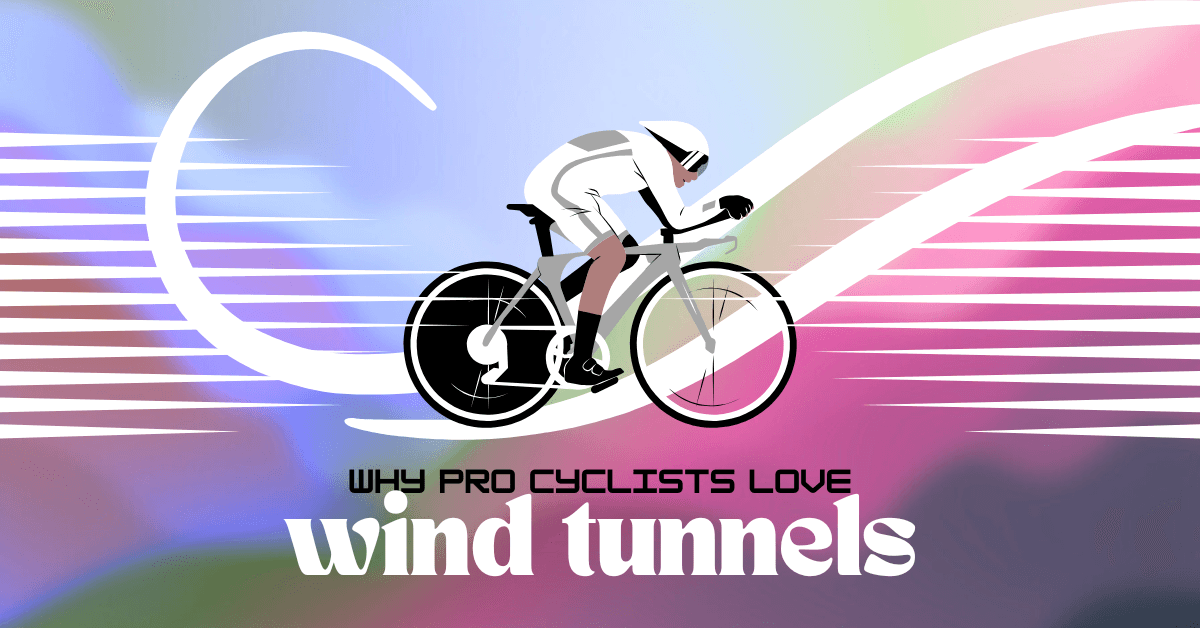
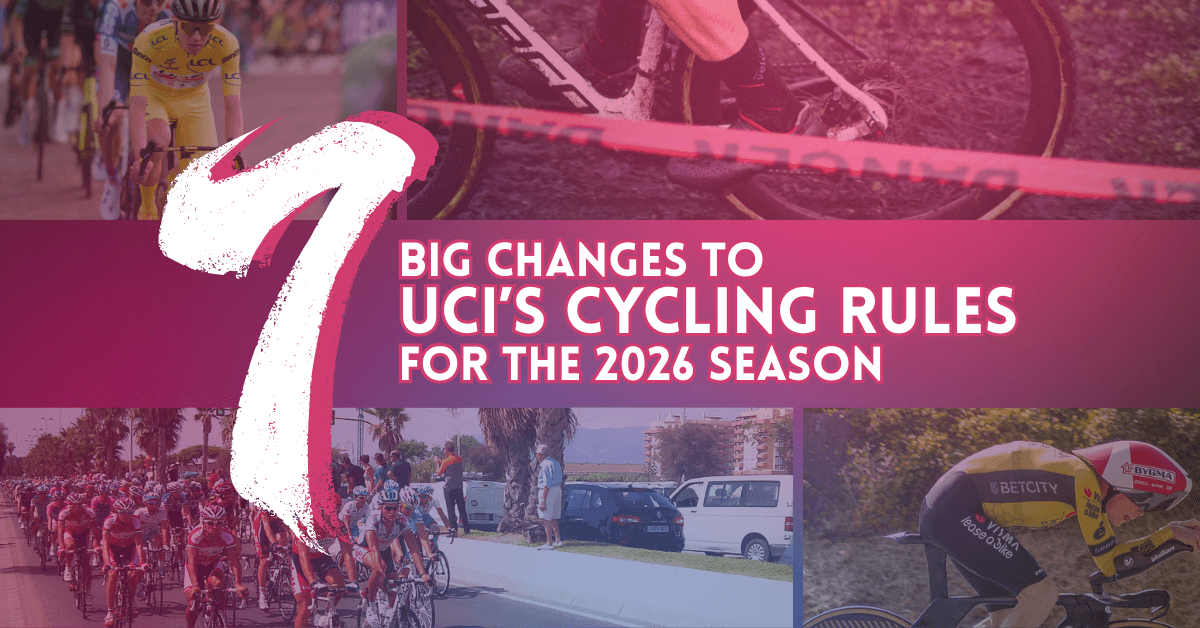
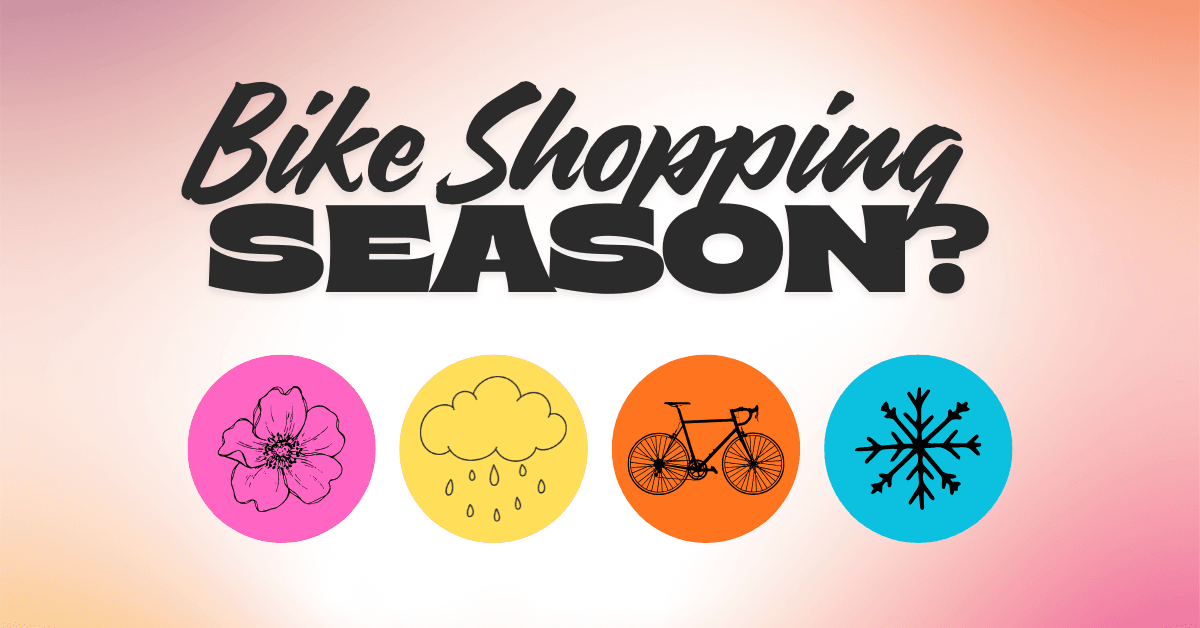




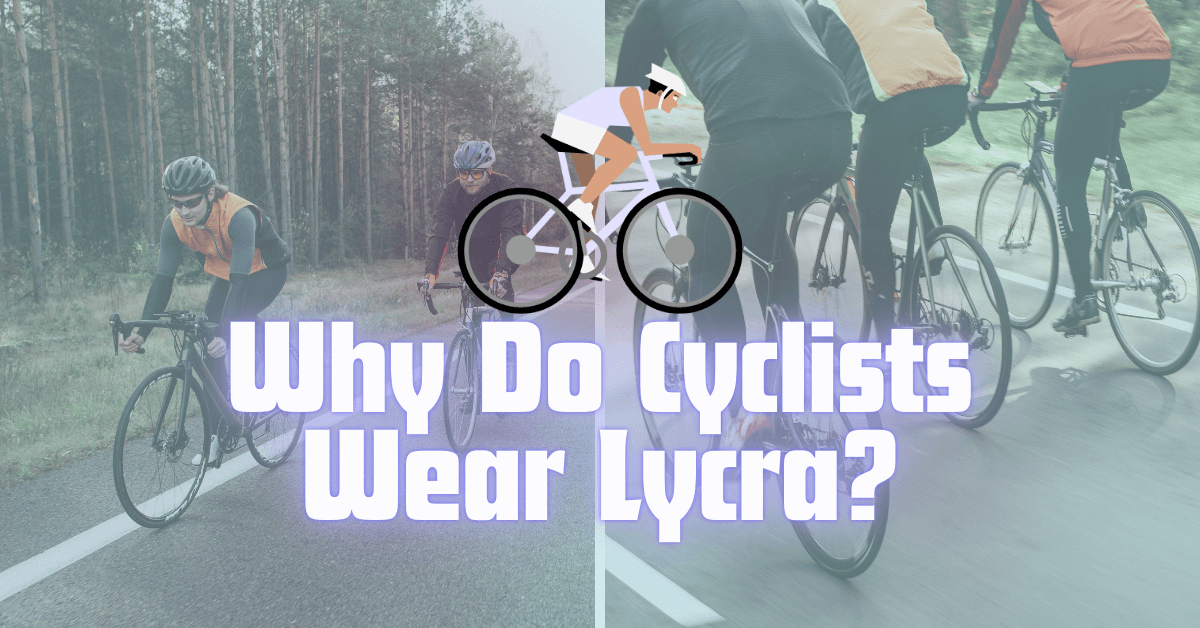
Leave a Reply